Do you love basmati rice? Do you want to know some substitutes of this delicious grain? If so, keep reading! Basmati rice is a type of long-grain rice that is popular in many countries.
However, if you are looking for something different, or if you are on a budget, there are plenty of other options out there. In this blog post, we will explore some of the best substitute basmati rice. Let’s get started!
What Is Basmati Rice?
Basmati rice is a long grain, aromatic rice that originates from India and Pakistan. It is often used in Indian and Pakistani cuisine, as well as in other Asian dishes. Basmati rice has a nutty flavor and a slightly sticky texture. It is also one of the most expensive types of rice on the market. Basmati rice is grown in the foothills of the Himalayas, and it takes its name from the Hindi word for “fragrant.”
The grain is typically harvested by hand, which contributes to its high price tag. Basmati rice is also available in brown varieties, which are less expensive than white basmati but still have a nutty flavor. In addition to being used in traditional dishes, basmati rice can also be used in pilafs, salads, and stir-fries.
9 Basmati Rice Substitutes
Basmati rice can be difficult to find and it can be quite expensive. Luckily, there are plenty of substitute basmati rice that can be used in its place.
For instance, sushi rice, jasmine rice, arborio rice, long grain rice, brown basmati rice, wild rice, black rice, short grain rice, and red rice. Each of these types of rice has its own unique flavor and texture, so it is important to choose the right one for the dish you are making. For example:
- Sushi rice is often used as a substitute for Basmati rice in Japanese cuisine because it has a similar stickiness that helps the sushi rolls stay together.
- Jasmine rice is another popular substitute for Basmati because it is light and fluffy, making it perfect for dishes like fried rice or Cambodian loc Lac.
- Arborio rice is a starchy type of rice that is often used in risottos and other Italian dishes.
- Long grain rice is a versatile type of rice that can be used in many different dishes.
- Brown basmati rice has all of the flavor of regular Basmati but with more fiber and nutrients.
With so many different types of substitute basmati rice available, you are sure to find one that you like. So next time you are looking to make your favorite Indian or Middle Eastern dish, don’t be afraid to experiment with different types of rice. Let’s discuss some more substitute basmati rice in details.
1- Long Grain Jasmine Rice
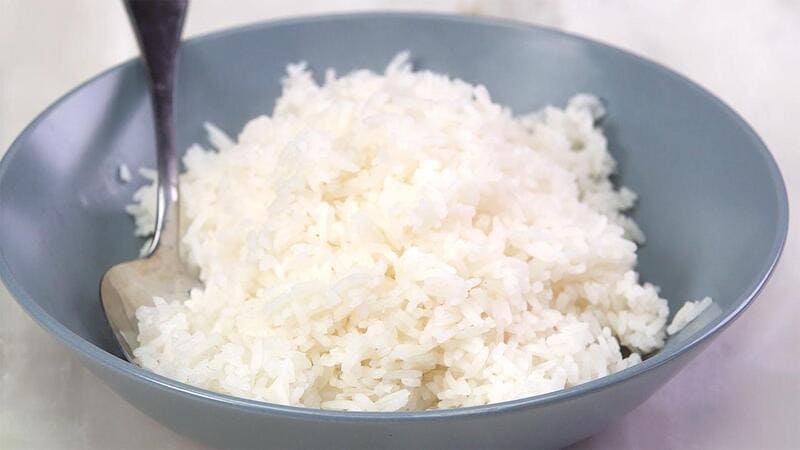
If you’re looking for a rice that’s aromatic and flavorful, look no further than long grain jasmine rice. This variety of rice is cultivated in Thailand and has a distinctive floral aroma that is due to the presence of a molecule called 2-acetyl-1-pyrroline. In addition to its unique fragrance, long grain jasmine rice also has a light, fluffy texture that makes it perfect for pairing with other dishes.
2- Orzo
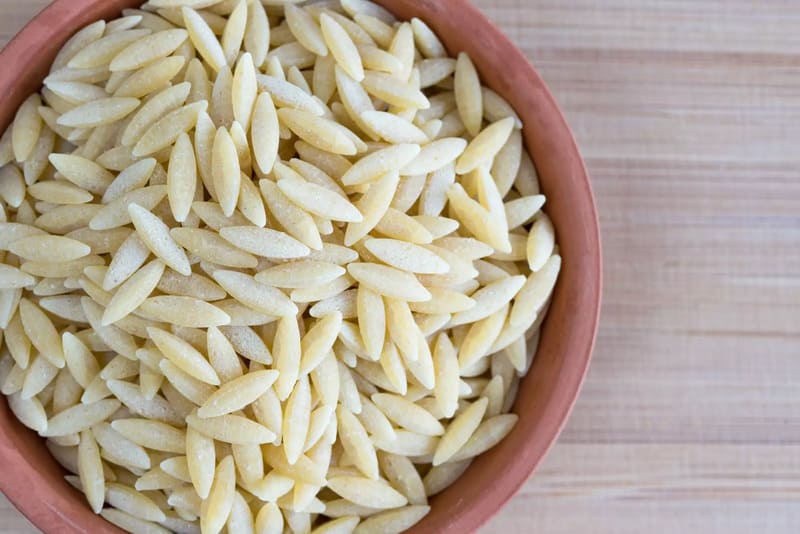
Orzo, a type of pasta, makes a excellent substitute basmati rice. It has a similar texture and can be used in all the same dishes. Plus, it’s more versatile; you can use it in soups, salads, and casseroles as well as main courses. And it cooks up more quickly than rice, so it’s perfect for busy weeknights. Give Orzo a try the next time you’re looking for a new way to jazz up your dinner routine.
3- Popcorn Rice
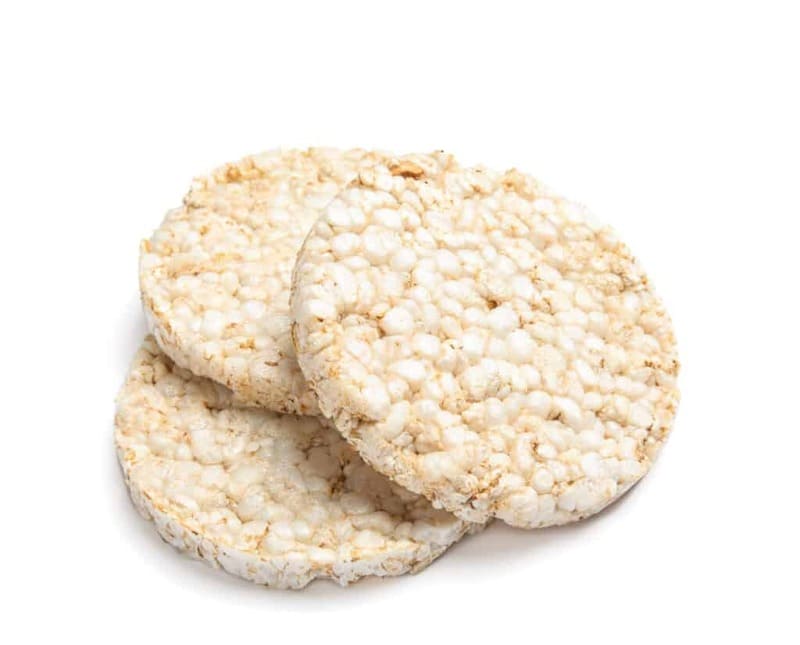
Basmati rice can be difficult to find outside of specialty stores, and it can be quite expensive. For those looking for a more affordable substitute, Popcorn Rice makes an excellent alternative. Popcorn Rice is a short grain rice that is commonly used in Chinese cooking. It has a chewy texture and a nutty flavor that is similar to Basmati rice.
Furthermore, Popcorn Rice is widely available and much less expensive than Basmati rice. So for those looking for an affordable substitute Basmati rice, Popcorn Rice is the perfect solution.
4- Cauliflower Rice
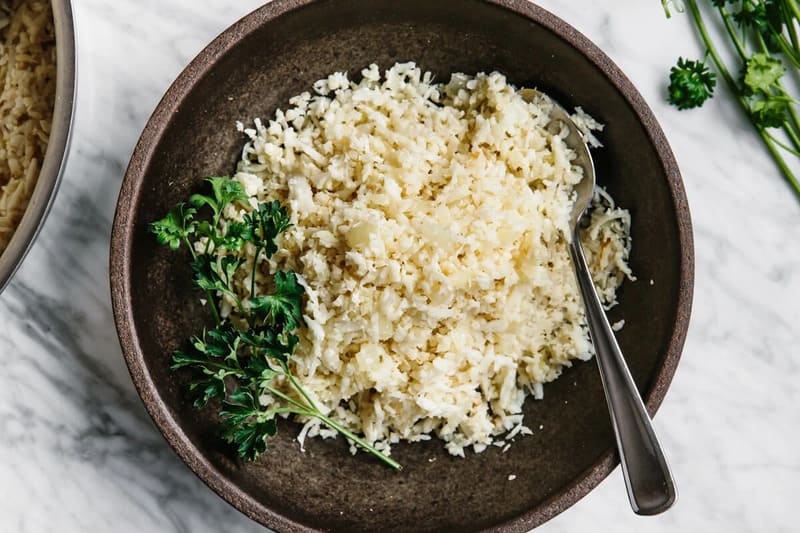
If you’re looking for a lighter, healthier alternative to rice, cauliflower rice is a great option. Cauliflower is a nutrient-rich vegetable that is low in calories and carbohydrates. It’s also a good source of fiber, vitamin C, and B vitamins. When cooked, cauliflower takes on a light, fluffy texture that is similar to rice.
5- Bulgur Wheat
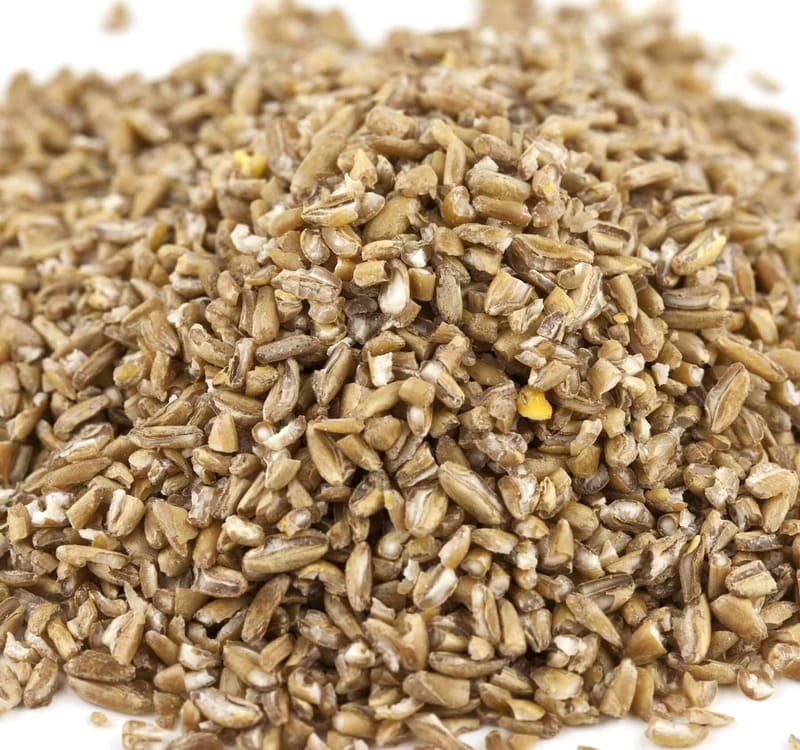
Bulgur wheat is a whole grain that is similar to rice in appearance and texture. Bulgur wheat is common in Middle Eastern cuisine and is often used in pilafs and salads.
Bulgur wheat can be as a substitute basmati rice. It has a nutty flavor and a chewy texture. When cooked, bulgur wheat doubles in size and becomes tender. Bulgur wheat can be found in the international aisle of most supermarkets.
6- American Long-Grain White Rice
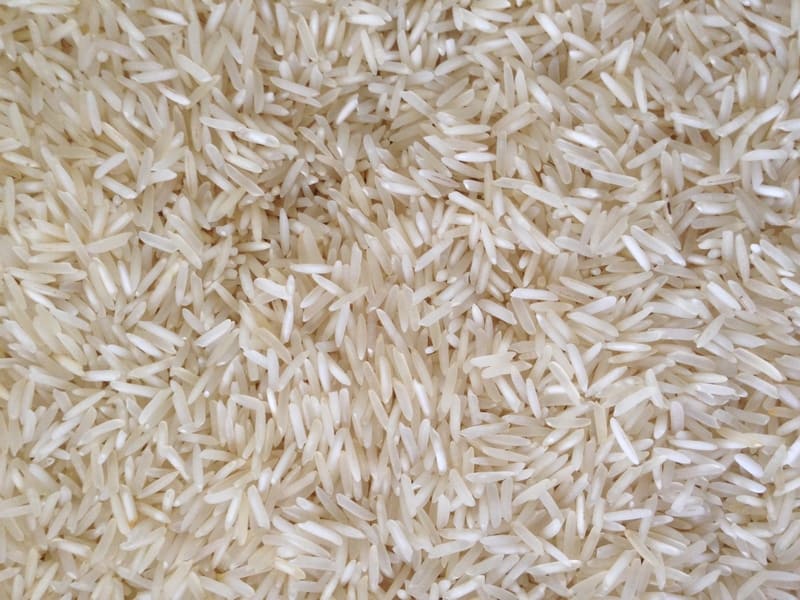
American long-grain white rice is one of the most popular types of rice consumed in the United States. It is a versatile grain that can be used in a variety of dishes, from stir-fries to risottos.
American long-grain white rice is also fairly easy to cook, and it has a relatively neutral flavor that makes it a good canvas for other ingredients. Moreover, it is an excellent alternative basmati rice.
7- Quinoa

Quinoa (pronounced “keen-wah”) is a grain-like crop that is grown primarily for its edible seeds. Native to South America, quinoa has been an important part of the diet of the indigenous people of the Andes Mountains for thousands of years. In recent years, quinoa has become popular as a “superfood” due to its high protein content and lack of gluten.
8- Long-Grain Brown Rice
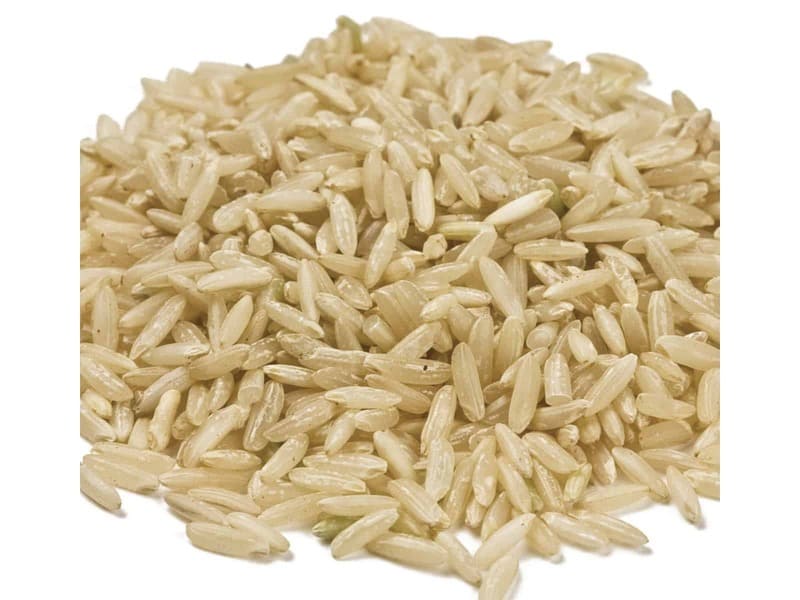
Not all rice is created equal. You have your short-grain, your medium-grain, and your long-grain. And within those categories, you have white rice and brown rice. So, what’s the difference? Well, for starters, long-grain brown rice is a whole lot healthier for you than white rice. It’s packed with fiber, vitamins, and minerals.
It’s also low on the glycemic index, which means it won’t spike your blood sugar levels. In other words, it’s a complex carbohydrate that your body can actually use for energy. So, if you’re looking for a healthy alternative to white rice or a alternative basmati rice, look no further than long-grain brown rice.
9- Couscous
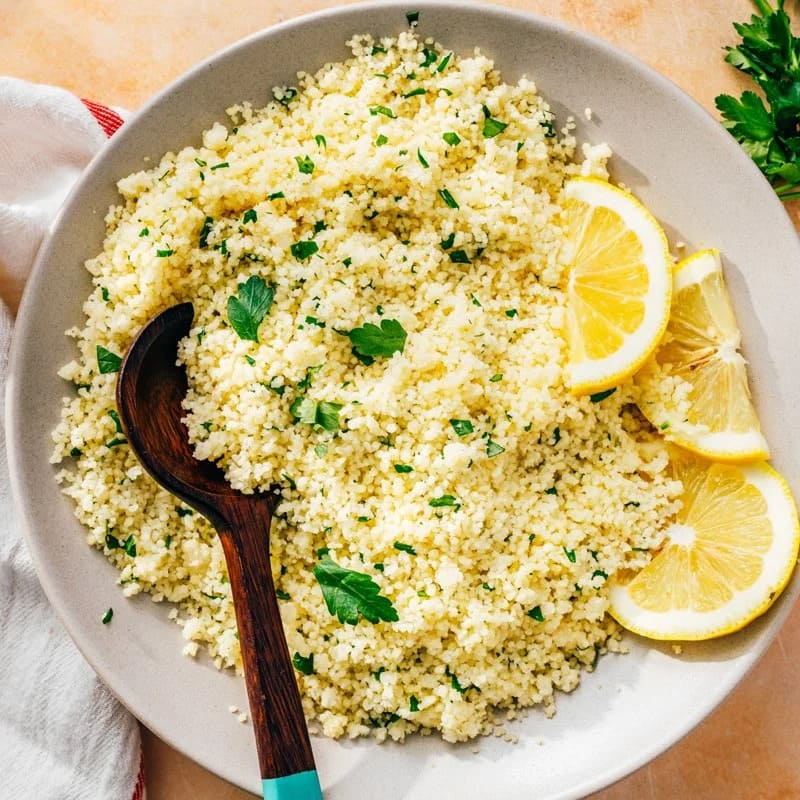
Couscous is a versatile dish that can be enjoyed in a variety of ways. Whether simply cooked with broth and vegetables or complexly spiced and served with meats, this North African staple is sure to please. Additionally, couscous is a healthy alternative to other grains as it is low in fat and calories.
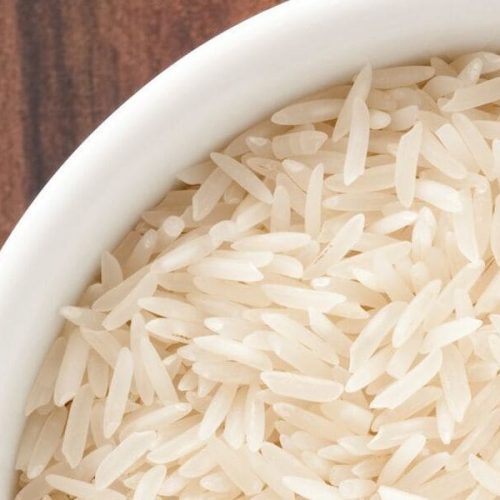
9 Substitutes Basmati Rice
Ingredients
- Long Grain Jasmine Rice
- Orzo
- Popcorn Rice
- Cauliflower Rice
- Bulgur Wheat
- American Long-Grain White Rice
- Quinoa
- Long-Grain Brown Rice
- Couscous
Instructions
- Choose your preferred replacement from the list.
- Add substitute to your recipe.
- Make your own delicious recipe.
Related Questions
What is the healthiest type of rice?
Brown rice is often considered the healthiest type of rice because it is a whole grain and contains more fiber than white rice. Brown rice also has more vitamins and minerals than white rice.
Can I substitute arborio for basmati rice?
Yes. Arborio rice is a short, stubby Italian rice that has a higher starch content than long-grain rices like basmati. Basmati rice, on the other hand, is a long grain, aromatic rice that is light and fluffy when cooked. It’s perfect for dishes where you want the individual grains to stay distinct and separate.
Is long-grain rice and basmati rice the same?
Yes and no. They’re both types of rice, but the taste and texture can be quite different.
- Long-grain rice is usually light and fluffy, while basmati rice is often described as being “nutty” and “fragrant”.
- Basmati rice also has a longer grain than long-grain rice, so it tends to be a bit more delicate.
What type of rice is basmati?
Basmati rice is a long-grain, aromatic rice of Indian origin. It is characterized by its length (at least twice the length of other rice grains), and by its fluffiness and light, slightly nutty flavor.
What is basmati rice vs jasmine rice?
Basmati rice is a long grain, aromatic rice. It is light and fluffy, with a nutty flavor. Basmati rice is traditionally used in Indian and Pakistani cuisine. On the other hand, Jasmine rice is a long grain, aromatic rice as well. It is slightly sticky, with a delicate flavor. Jasmine rice is commonly used in Thai and Vietnamese cuisine.
Can you cook basmati rice like jasmine rice?
Yes, both rices can be cooked in a similar way. To cook basmati rice like jasmine rice, follow these simple steps:
1. Rinse the basmati rice in cold water until the water runs clear.
2. Add the rinsed basmati rice to a pot of boiling water.
3. Lower the heat to medium-low and simmer for 10-12 minutes, or until the desired doneness is achieved.
4. Drain any excess water and fluff with a fork.
5. Serve immediately. Enjoy!
Which is better basmati or brown rice?
Both types of rice are healthy options, but brown rice is the better choice because it is unrefined and contains more nutrients than basmati rice.
Conclusion
To sum up, Basmati rice is a delicious, aromatic grain that’s perfect for all sorts of dishes. Moreover, there are plenty of substitute basmati rice out there. From quinoa to couscous, we’ve got you covered. So get creative in the kitchen and experiment with some new flavors today. Who knows, you might just find your new favorite dish.
Maybe you’d like to read:
- Potato Ricer Substitute
- Five-Spice Substitute
- 7 Adobo Seasoning Substitutes
- Best 10 Pasilla Chiles Substitutes

Welcome to my food site, RecipesAndPanty.com. I am a man who enjoys creating recipes and researching everything about food. This blog is dedicated to my grandmother because she gave me a taste for cooking.